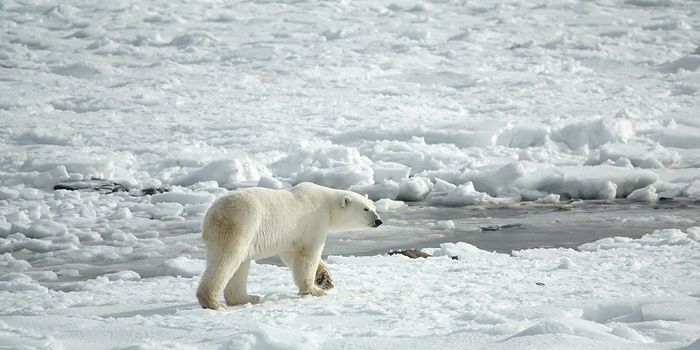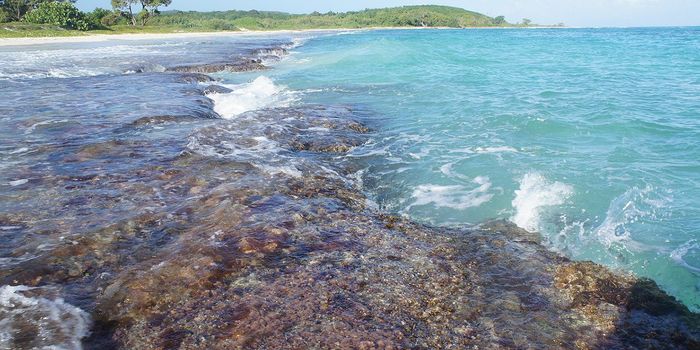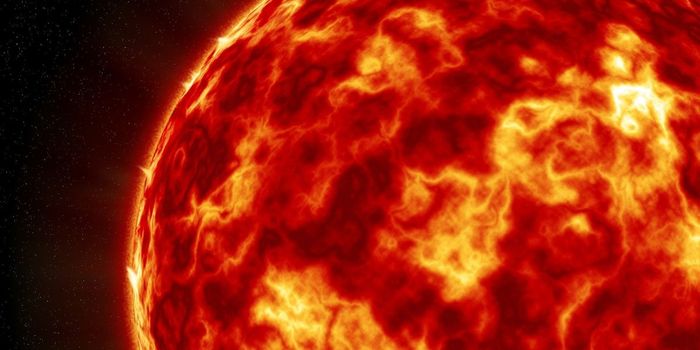I love all things science and am passionate about bringing science to the public through writing. With an M.S. in Genetics and experience in cancer research, marketing and technical writing, it is a pleasure to share the latest trends and findings in science on LabRoots.
APR 18, 2024 8:11 AM PDT
Share
What Happens to Oceans and Lakes During an Oil Spill?
When a large scale oil spill occurs such as those in Alaska or off of the Gulf Coast, the oil clean-up is an overwhelming task. The oil affects every aspect of life in the water and the water itself.
Here is an explanation of how and why oil spreads over water so quickly and reaches so far. It is common knowledge that oil and water don't mix. However, the negative heads of oil molecules are attracted to the positive charge of water molecules. This molecular attraction at the level of each individual molecule causes the oil to spread out on top of the water in a layer that is only one molecule thick so each oil molecule can reach the positive charges of the water.
Oil spills also move and can calm waves and ripples on lakes and oceans. In fact, throughout history, sailors used to use extra oil on their ships to calm the waves for smooth sailing. Instead of catching the water molecules on the surface, the wind catches the oil layer that slides across the water. The issue here is that in oil spills, the wind can carry the oil layer across the ocean and spread the spill and its affects far beyond the original incident.
You May Also Like
DEC 10, 2020
Plants & Animals
As climate change continues to alter the Arctic landscape, polar bear research becomes more urgent. Observing animals in
...
Written By:
Tiffany Dazet
JAN 17, 2021
Space & Astronomy
Having just one star in our solar system makes us an outlier in our galaxy. However, while most solar systems in the Mil
...
Written By:
Annie Lennon
FEB 19, 2021
Plants & Animals
Although not entirely accurate, romantic sentiments such as "you're my lobster" or "you're my pen
...
Written By:
Tiffany Dazet
MAR 05, 2021
Plants & Animals
The world's coral reefs face numerous threats, including climate change, pollution, and habitat loss. Since 2014, an
...
Written By:
Tiffany Dazet
JUL 03, 2021
Space & Astronomy
Researchers led by the University of Maryland have found that the sun's magnetic field is the reason behind the larg
...
Written By:
Annie Lennon
JUL 09, 2021
Cell & Molecular Biology
Researchers have developed a "wearable" patch to detect the gaseous substances plants emit when diseased or stressed,
Written By:
Anne Medina
Loading Comments...
Trending Categories
-
APR 30, 2024Immuno-Oncology Virtual Event Series 2024
-
MAY 07, 20243rd International Biosecurity Virtual Symposium
-
SEP 03, 2024Microbiology Week Virtual Event Series 2024
- See More















































